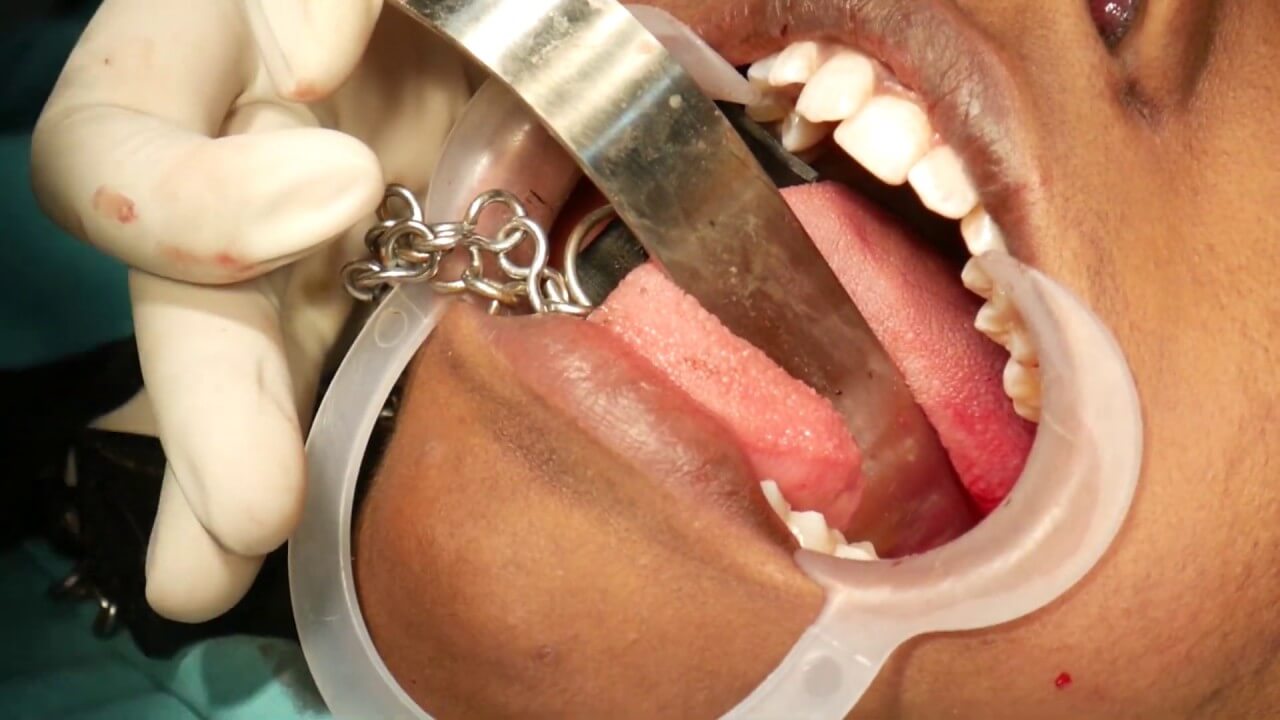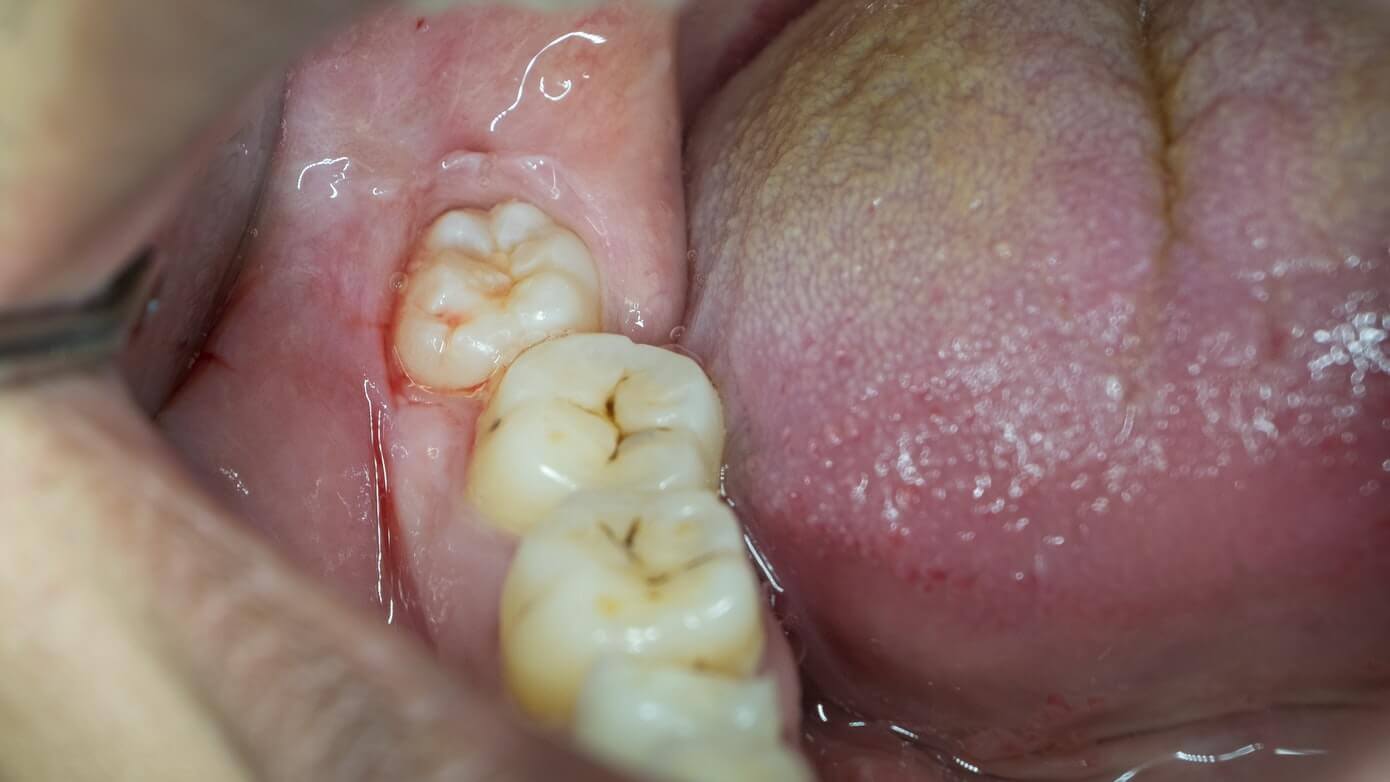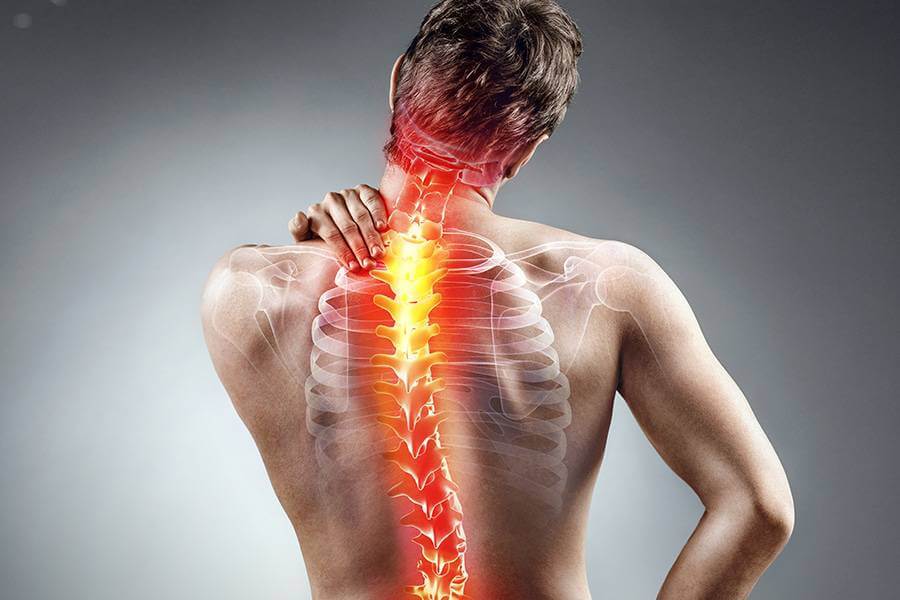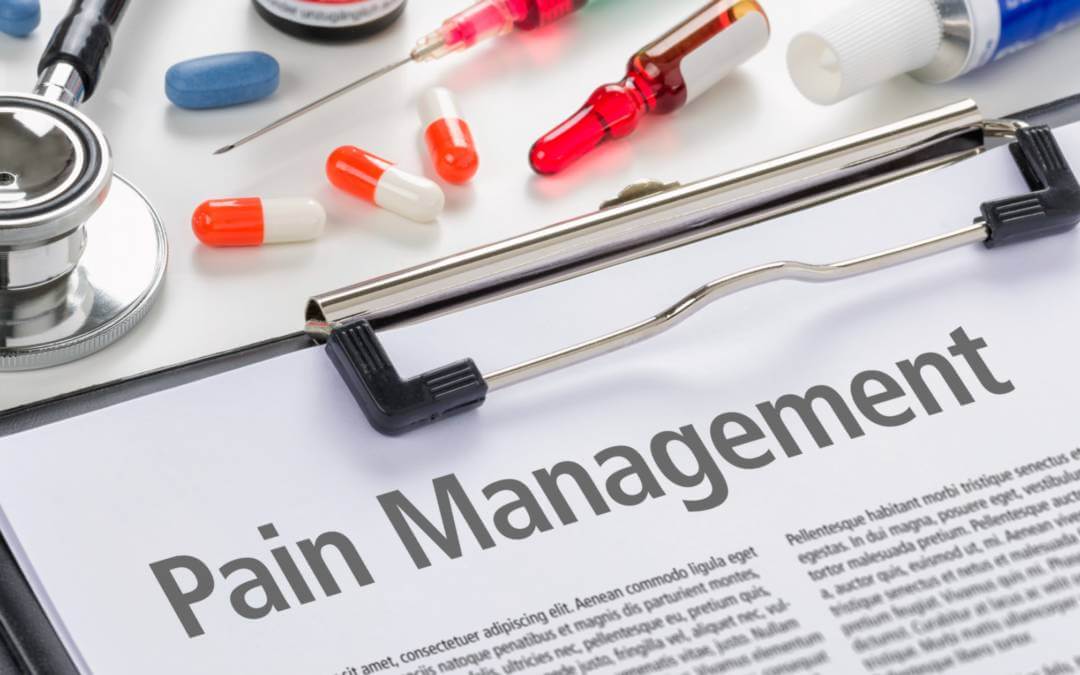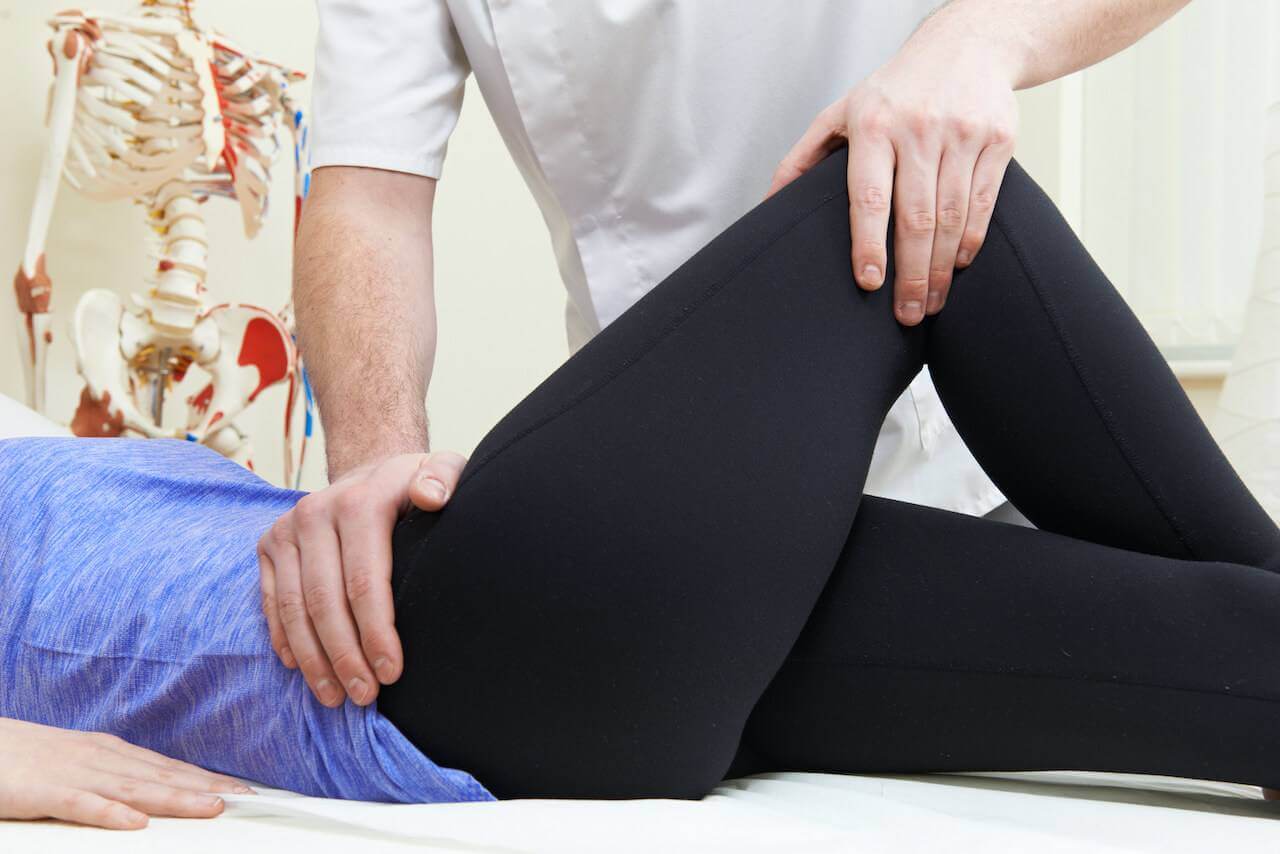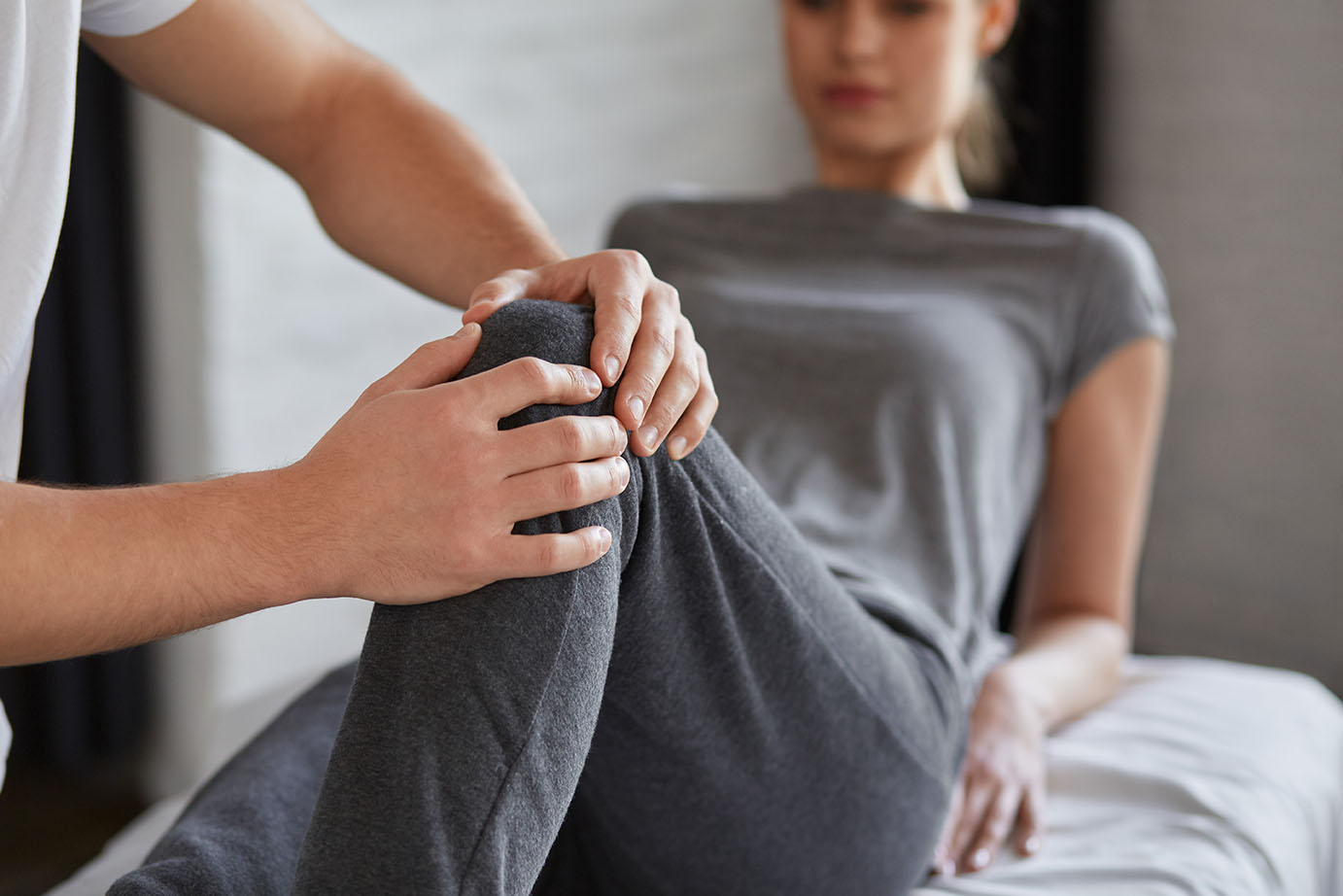Pseudoephedrine, a potent decongestant, and ibuprofen, a potent painkiller, are combined in Advil Cold & Sinus. Together, they diminish the pain brought on by a cold or the flu and lessen inflammation-induced nasal and sinus congestion. Many individuals believe that an increase in mucus that plugs their airways is the cause of the stuffiness that comes with a cold or the flu. Even though more mucus is a sign of the common cold, it isn’t usually what makes you feel so congested. Instead, inflammation of the tissues across the nose and face is frequently the true cause of nasal and sinus congestion. The body responds to viruses it perceives as threats in a variety of ways, one of which is by inflaming and enlarging the airways in the nose and sinuses.
Utilizing Advil Cold & Sinus pressure
Constipation in the nose and sinuses are signs of the typical cold or flu. Ibuprofen eases pain, while the decongestant in Advil Cold & Sinus relieves congestion to help with stuffy nose relief. The age limit for using the safe, over-the-counter medication Advil Cold & Sinus is 12. It’s accessible at your neighborhood grocery shop or pharmacy, behind the counter. As with all drugs, read the directions completely to ensure proper administration.
Ways to Reduce Sinus Infection and Tooth Pain
Consume spicy food
Don’t be afraid to stock up on spicy items like horseradish or chili peppers, even if you have a delicate pallet. Both of these contain substances that can thin mucus and provide immediate relief. However, not all spicy foods are created equal; see your doctor to make sure you aren’t doing more harm than good.
Place Your Head in the Best Drainage Position
Keep your head elevated and slanted while you’re sleeping. A portion of your upper body being raised as you sleep is a better approach to relieving pain than lying flat on your back, which can lead to obstruction and ongoing pressure. Good dental hygiene is particularly difficult when you’re experiencing tooth discomfort. To get relief right where your pain is coming from, gently brush the region using toothpaste made specifically for sensitive teeth. Along the process, keep these suggestions in mind, seek the advice of your doctor or dentist, and practice regular home maintenance.
Use an Expectorant
Draining the mucus and lowering sinus pressure are the keys to alleviating sinus infection tooth pain. OTC expectorants and decongestants work in different ways to relieve symptoms quickly. The Independent summarizes that decongestants constrict blood vessels to allow more air to pass through the nose, while expectorants influence mucus production and clearance to assist bring up phlegm However, you should always see your doctor if your symptoms last longer than the recommended dosage.
Can a Toothache Come from a Sinus Infection?
Still, sinus tooth pain moves multiple teeth rather than just one and is naturally felt in the high grinders. Your toothache may be caused by a sinus infection if it is accompanied by some of the symptoms listed below and you are experiencing pain in these teeth. Additionally, you might feel a little lethargic or run a temperature. Jumping up or bending down could worsen the pain. This is due to as you move, the sinus pressure changes.
How to Treat Tooth Pain Caused by a Sinus Toothache
It’s advisable to visit your dentist as soon as possible if you’re having any kind of tooth pain. To make sure your diagnosis is accurate, he or she will evaluate the problem. Additionally, your dentist might be able to recommend medication to lessen the discomfort and agony. Here are some interim steps you can take to treat sinus pressure-related tooth pain:
- Possess hydrated by drinking sufficient water.
- Since inflammation is a major contributor to tooth pain brought on by the sinuses, eat foods that are known to minimize inflammation.
- Increase your intake of calcium and vitamin C – Histamines, which cause inflammation, can be fought off by calcium-rich foods including broccoli, asparagus, leafy greens, and bean sprouts. Don’t skimp on orange or other citrus-flavored beverages.
- Foods that are incredibly powerful sources of vitamin C.
- Consuming foods high in omega-3 fatty acids, such as those found in salmon, is also very effective at reducing inflammation.
- Inhale the steamy, steamy air. Your nasal passageways will be opened, which will ease sinus pressure.
- Utilize a saline solution to rinse your sinuses. Saline solutions dry the sinuses out and remove any discharge.
Self-care methods to ease and relieve tooth pain from sinus pressure
Food and beverage
You can lessen periodontal strain and discomfort by staying away from extremely hot or cold foods and beverages. On the side of your mouth where the rash is not present, try to eat.
Using analgesics
We will advise using over-the-counter painkillers, but they shouldn’t be used to put off getting help. Try the NHS 111 hotline if you’re having problems in an emergency finding a dentist.
It’s crucial to adhere to the appropriate dosage when using any kind of pain treatment.
Remember that the majority of over-the-counter medications have the same active ingredients, so it is advisable to avoid using painkillers before consulting a healthcare provider.
Brush
Utilize a gentle toothbrush. and avoid allowing the impacted tooth to enlarge.
Dental infection treatment
Although an online clinic is delighted to offer urgent care for tooth infections and abscesses, you should visit a dentist to identify the disease and address its underlying causes. Long-term antibiotic treatment for symptoms might make things worse without addressing the underlying problem, thus it is not advisable to do so.
Antibacterial therapy
Dental abscesses can be treated with Metronidazole, Amoxicillin, or Clarithromycin, according to online clinics.
We write prescriptions for medications, which the pharmacy then sends to your neighborhood pharmacy for next-day delivery or urgent care. Orders placed Monday through Friday before 3.30 pm will arrive the following day before 1 pm.
